This post may include affiliate links.
If you make a purchase, I'll earn a small fee at no extra cost to you.
A squash bug infestation can wreak havoc in your vegetable garden! Here are several ways to prevent and get rid of squash bugs naturally.
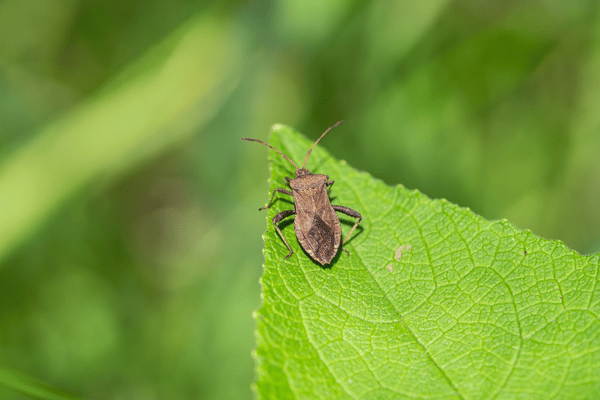
What are Squash Bugs?
Squash bugs are in the “leaf-footed bug” family. A squash bug has an oblong, flattened shape, usually about half an inch long. They can be dark brown or dark gray, and could be mistaken for a tiny leaf if sitting still.
Unique features include a small triangle marking on their backs and alternating orange and brown stripes on their abdomens. Squash bugs can fly, but you’ll usually spot them walking around on leaves and stems of plants.
Squash bugs often get mistaken for stink bugs. Both have similar appearances and give off an unpleasant odor when squished. Squash bugs have a longer, thinner body compared to the wider, rounder shape of stink bugs.
They can also be confused with cucumber beetle, which is another squash pest. However, cucumber beetles have a more rounded, colorful back compared to the flat squash bug. Cucumber beetles can transmit a disease called bacterial wilt, so they need to be eradicated from your garden too.
How to Recognize Squash Bug Damage
If you have a squash bug infestation, you’ll see yellow spots on plant leaves which then turn brown. This happens because the squash bugs inject toxins while they suck the sap out of the plants. This damages the plants’ vascular system.
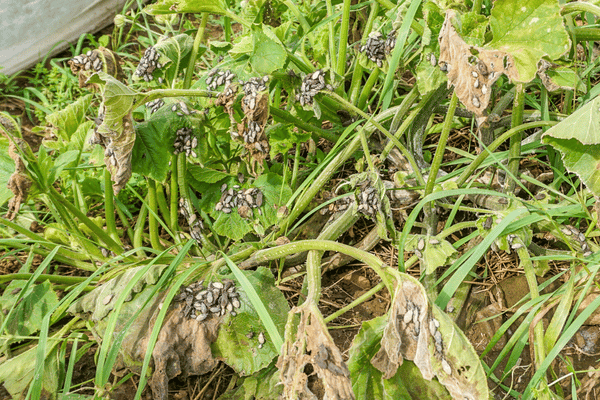
They don’t usually eat the fruits, but can sometimes munch on the stem end. This causes pale, sunken areas that are then susceptible to rot.
Larger, mature plants can handle a bit of squash bug damage, but younger plants cannot. Seedlings and younger plants can be killed from a squash bug invasion. Affected plants will suddenly wilt and can die in short order.
Are Squash Bugs and Squash Borers the Same?
Nope! They are completely different bugs. Squash vine borers are actually the larvae of moths, and they feed on the stems or vines of the squash plant. Learn how to eradicate squash borers here.
What do Squash Bugs Eat?
Squash bugs literally suck the life out of plants in the curcurbit family, which includes zucchini, pumpkin, cucumber, squash, and watermelon. Squash bugs focus on sucking sap from the leaves, and occasionally eat the stem ends of the fruits.
The Squash Bug Life Cycle
It’s always a good idea to understand the life cycle of any pest to learn the best ways to get rid of an infestation. Unlike some of the other pests we’ve covered, squash bugs can damage your plants at every stage of development (except as eggs).
Laying Eggs

Adult squash bugs overwinter in the soil, or by sheltering under rocks or natural debris. They come out when the weather turns warm for mating, and females lay their eggs on the undersides of leaves. The eggs are small and reddish-brown, laid in small clusters on the bottom of leaves (around 10-20 eggs per cluster). The eggs hatch in about 10 days.
Small Nymph Stage
When they first hatch, squash bug nymphs look like tiny black spiders. This is the small nymph stage, and it’s when they grow into small gray versions of their adult selves. Nymphs feed on the sap from squash leaves just like adults.
Large Nymph Stage
As the nymph becomes larger and nears adulthood, it turns a light green color. Otherwise, they still appear like smaller versions of adult squash bugs. Like small nymphs, large nymphs will also feed on your squash leaves.
Adult Stage

At this stage, the squash bugs are fully matured, full size, and brown in color (which allows them to be camouflaged when crawling on the ground). Adults, because of their size, can do significant damage to your squash plants. Since adult females can lay eggs in succession, you might see eggs, nymphs, and adults on the same plant all at once.
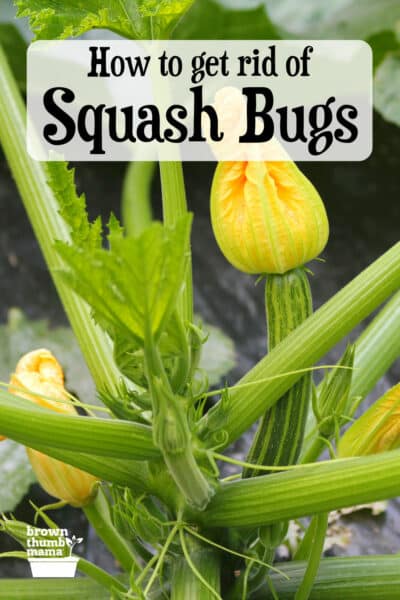
How to Get Rid of Squash Bugs Naturally
Now it’s time to get to the good stuff: squash bug prevention and eradication.
Get Rid of Garden Debris
Piles of leaves, mulch, a firewood stash, plant debris, or decorative garden rocks are places where adult squash bugs can hide. Clean up as much debris as you can around your garden. If you can keep the adult bugs away, then they won’t be coming to your plants to lay eggs.
Cover Young Crops
Since younger plants are far more vulnerable to squash bugs, a simple row cover can make a big difference until plants have matured. As an added bonus, row covers also protect young plants from the hot sun, cold nights, and harsh winds.
Resistant & Companion Plants
Surprisingly, squash bugs don’t attack every type of squash plant. If you plant resistant varieties of squash, like butternut or acorn, they’re less likely to be attacked.
Companion plants are a great way to keep these garden pests away. Plant nasturtium, marigolds, dill, calendula, mint, oregano, radishes, or lemon balm to repel squash bugs and attract pollinators.
Beneficial Insects
If you see beneficial insects like spiders or tachinid flies in the garden, don’t spray them! Allow them to stay and eat the squash bugs that come their way. (Your companion plants will help attract the tachinid flies.)
Inspect Early and Often
Squash bug eggs hatch in only ten days, so it’s crucial to check your plants 1-2 times a week to find eggs before they hatch. If you have an active infestation, consider checking daily until you get the bugs under control.
- The best times to check are early morning or late evening when the bugs are more likely to be hiding under leaves.
- Just lift plant leaves and check underneath for eggs, nymphs, or adult squash bugs.
- Scrape them all off into a bucket of soapy water (a butter knife works just fine for scraping).
- After 30 minutes, dump the soapy water out.
DIY Spray Recipes
The two best DIY sprays to use against squash bugs are a homemade soap spray or a coffee ground spray. You can spray these under your plant leaves twice a week to help repel squash bugs (just remember to re-spray if it rains).
Here’s how to make a simple garden soap spray:
- Add 1 teaspoon dish soap and 1 teaspoon vegetable oil to a 16-oz spray bottle.
- Fill the rest with plain water (leave enough room at the top to shake the mix together).
- Shake gently and spray on the undersides of plant leaves as needed.
Here’s how to make a DIY coffee ground spray:
- Boil 2 tablespoons of coffee grounds in 2 cups of water.
- Cool until mixture is room temperature.
- Strain the grounds from the liquid and pour into a 16-oz spray bottle.
- Spray under plant leaves as needed.
Diatomaceous Earth
Some folks recommend using Diatomaceous Earth (DE) to get rid of squash bugs. DE is an all-natural, silica-based powder made from the fossilized remains of tiny creatures called diatoms. It’s not effective on the adult bugs, just the nymphs. Since DE is expensive and non-renewable (it’s made of fossils, after all), I only use it as a last resort.
Do Insecticides Work for Squash Bugs?
For adult squash bugs, the answer is no. But for eggs and nymphs, insecticides can help if you get desperate. I always recommend trying a non-toxic, all-natural insecticidal soap spray or neem oil before turning to commercial pesticides. Sometimes that’s enough to stop an infestation in its tracks.
Insecticides are really only necessary early in the season when plants are young and vulnerable. (Older plants are strong enough to withstand a few squash bugs now and then.) Spray only in the early morning or late evening so bees and pollinating insects are not as likely to be around.
To avoid overusing insecticides, only spray under the plant leaves to target eggs and nymphs. As soon as the infestation is under control, go back to using more natural methods.
Were these ideas for getting rid of squash bugs helpful? Comment below and share this post with your gardener friends!
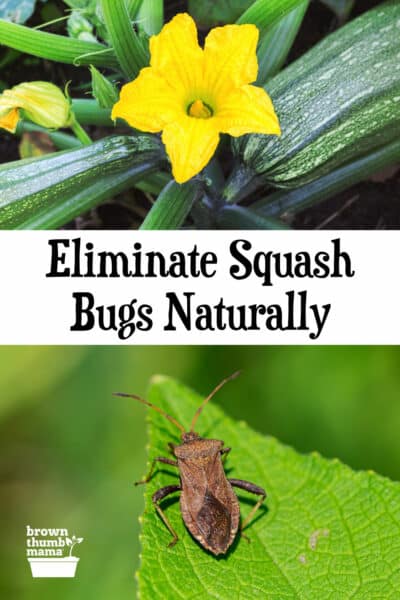


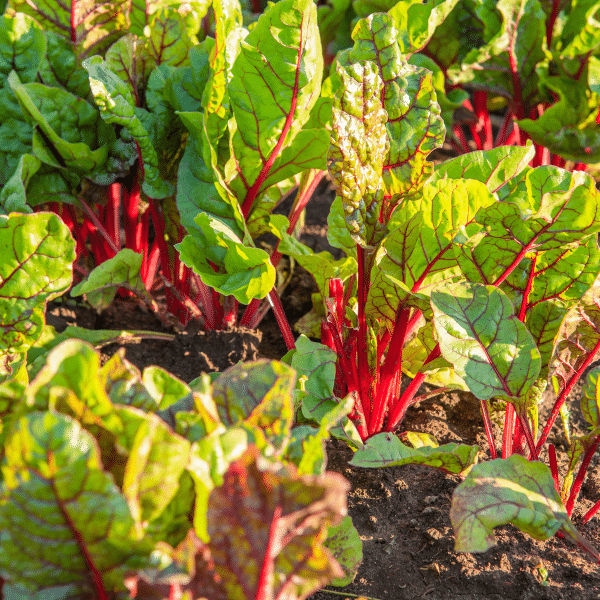
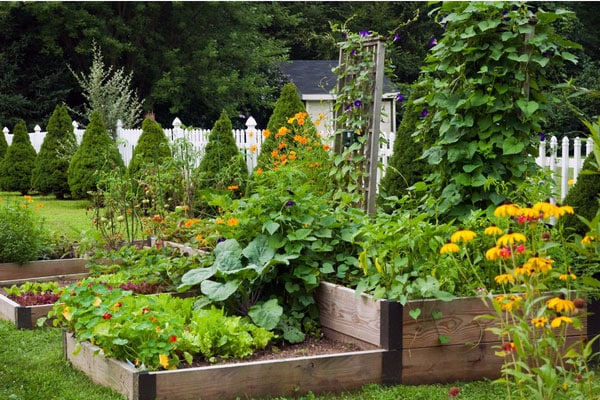
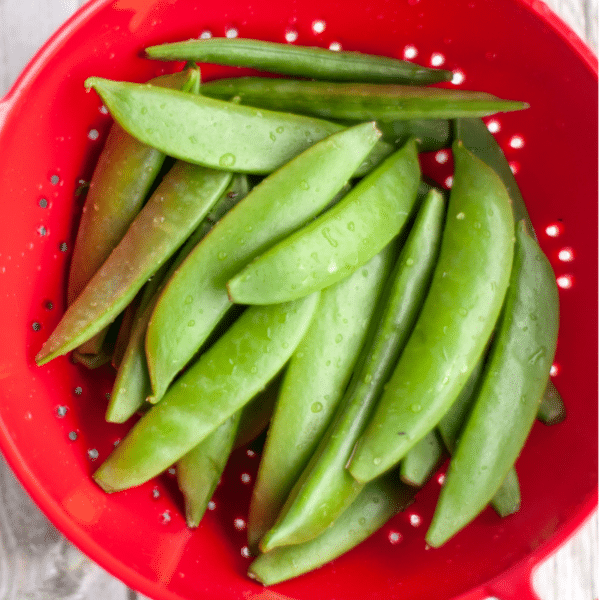
Awesome post
Definitely plan to use some of these remedies